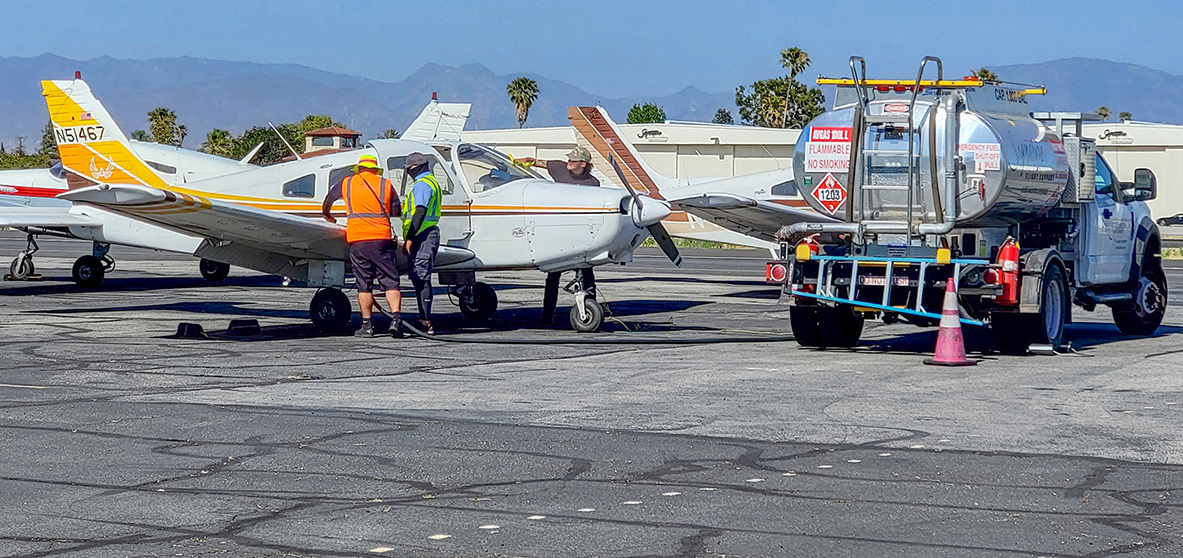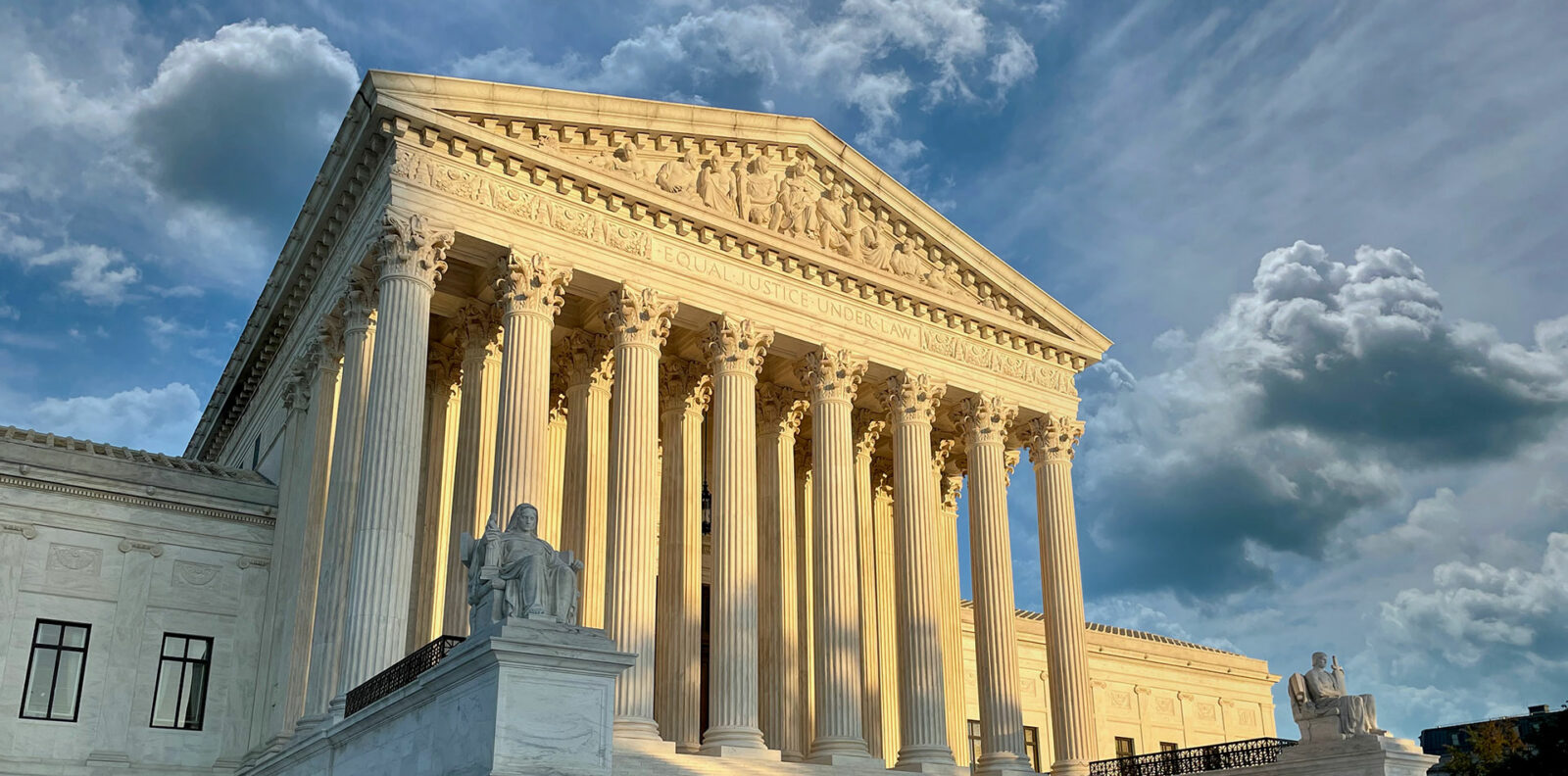While the California Supreme Court’s decision in Sierra Club v. County of Fresno was published on Christmas Eve 2018, agencies will be grappling with how to apply its conclusions to their Environmental Impact Reports (EIR) for development projects for quite some time.
First, some brief background on the proposed project that led to the sure-to-be landmark case. The Friant Ranch project is a 942-acre master-planned community in Fresno County, just south of the San Joaquin River. It is zoned for agricultural use and the proposal includes 482 acres of development – residential, commercial and recreation – as well as 460 acres of open space.
In 2011, litigation was filed by the Sierra Club and other groups challenging the adequacy of Fresno County’s EIR for failing to comply with the California Environmental Quality Act (CEQA). The Superior Court upheld all aspects of the EIR, but an appeal then followed, ultimately reversing the decision.
“It’s safe to say that the Supreme Court’s unanimous opinion in this case will apply broadly. It would be advisable for agencies to explore health connections to other related resource areas beyond air quality.”
Issues at Stake
In taking up the case, the Supreme Court answered four questions:
- What is the standard of review when judging the adequacy of an EIR?
– Ultimately, does the EIR include enough detail “to enable those who did not participate in its preparation to understand and to consider meaningfully the issues raised by the proposed project”?
- Does CEQA require an EIR to connect a project’s air quality impacts to specific health consequences?
– CEQA requires that a connection be drawn between potential project emissions and human health impacts.
– While there will be some scientific limits to the analytical tools available to draw and quantify these connections, the EIR “must adequately explain what the agency does know and why, given existing scientific constraints, it cannot translate potential health impacts further.”
– Like most, the Friant Ranch EIR included a description of pollutants, the basin attainment status and an analysis of future emissions. It also included a general description of symptoms of exposure to ozone, particulate matter (PM), carbon monoxide (CO) and oxides of nitrogen (NOx).
– However, it did not “indicate the concentrations at which such pollutants would trigger identified symptoms.” The Court concluded that “the public would have no idea of the health consequences that result when more pollutants are added to a nonattainment basin.”
– Even if it was impossible to do more, the Friant Ranch EIR would have been found insufficient “because it failed to explain why it was not feasible to provide an analysis that connected the air quality effects to human health consequences.”
- Can an agency substitute later adopted measures in place of those in an EIR?
– Yes, “allowing substitutions… promotes CEQA’s goal of environmental protection and is not an impermissible deferral of mitigation or an abuse of discretion.”
- May an agency adopt mitigation measures that do not reduce impacts to a Less-than-Significant level?
– Yes, “the inclusion of a mitigation measure that reduces an environmental impact is permitted even if the measure will not reduce the impact to a level below the threshold of significance.”
In Practice
It’s safe to say that the Supreme Court’s unanimous opinion in this case will apply broadly. It would be advisable for agencies to explore health connections to other related resource areas beyond air quality. These could include water quality, noise, hazards, hazardous materials, and potentially even extend to fire protection, wastewater and light.
The following tips could help to improve your CEQA documentation, regardless of potential mass emission levels:
- Incorporate additional text relating health effects to criteria pollutant exposure (CARB, EPA, CDC and ALA are good sources).
- Include specific consultation with the appropriate air agency.
- As appropriate, cite amicus briefs.
- Do not confuse uncertainty or difficulty with infeasibility, and do not create or imply a new health impact threshold.
- Be sure to allow enough time and money to address the issues effectively.
- Adequately addressing a project’s potential environmental impacts as they relate to specific health consequences is an important and evolving issue. We should be on the lookout for further guidance from air quality agencies, as well as EIRs for larger projects that will help quantify some of these impacts.
If you have questions about how to approach an EIR in light of the Friant Ranch decision, please contact Chris Easter.







